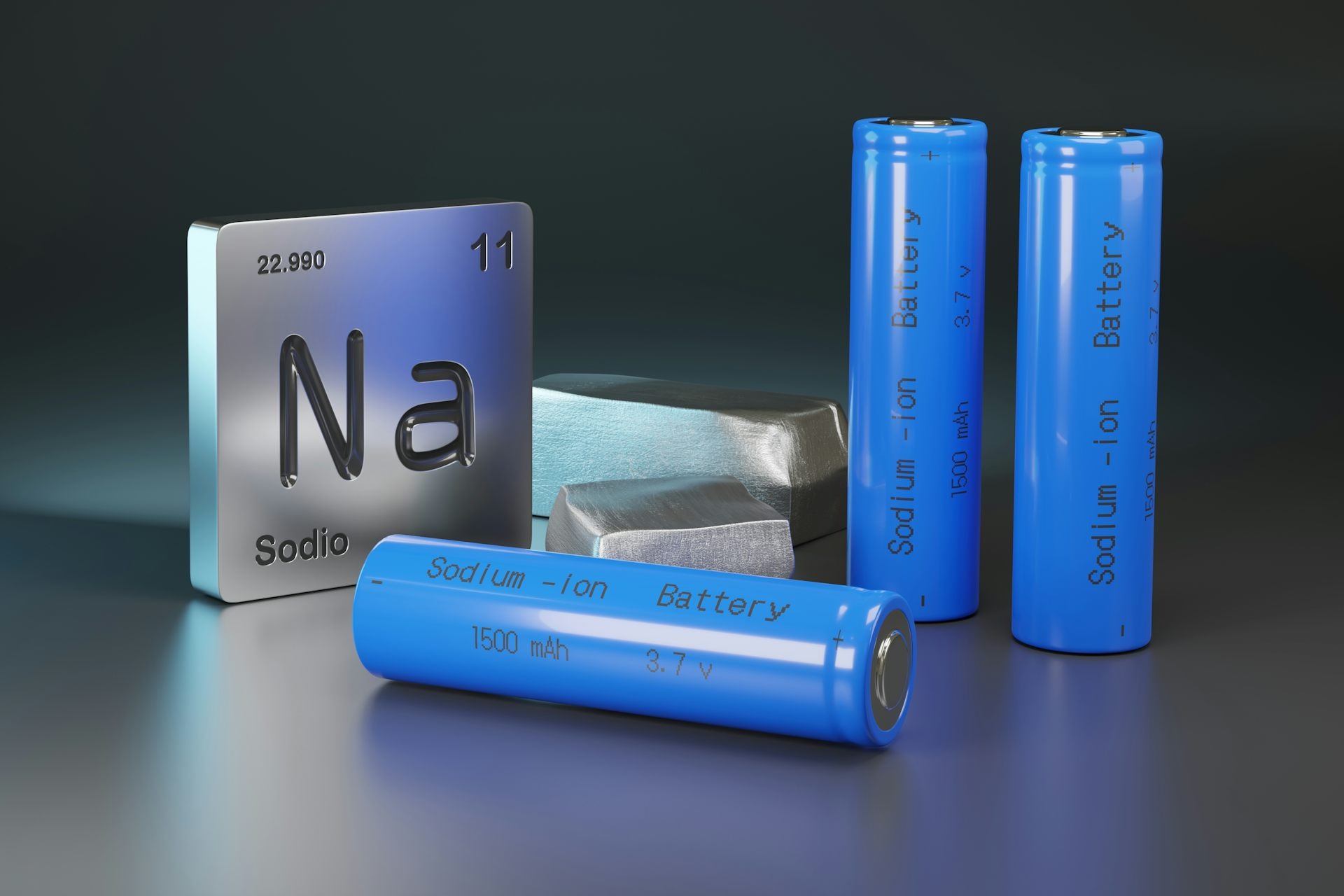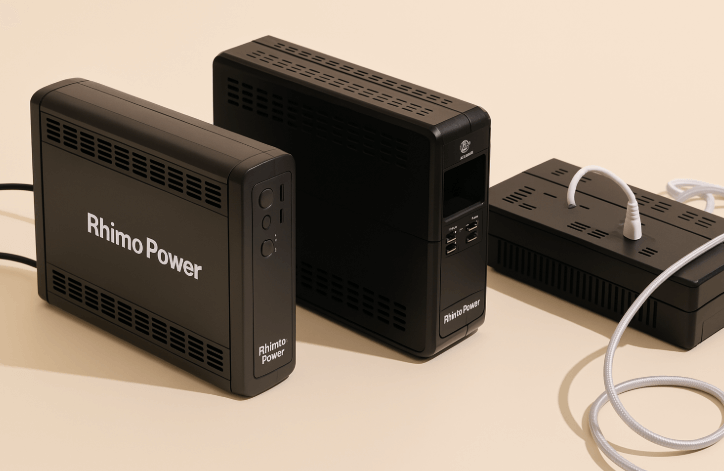The global push for more sustainable and cost-effective battery technologies is fueling a rising interest in sodium-ion (Na-ion) batteries. With abundant raw materials and promising performance for specific applications, sodium batteries may complement or even partially replace lithium-ion batteries in the near future.
Why Sodium-Ion Batteries?
Lithium-ion batteries dominate today’s market, but they rely on scarce and expensive materials like lithium, cobalt, and nickel. Sodium, on the other hand, is far more abundant and inexpensive. This abundance makes sodium-ion batteries especially attractive for large-scale applications, such as stationary storage and entry-level electric vehicles (EVs).
Recent Developments
In 2023, major Chinese battery manufacturer CATL introduced Naxtra, its sodium-ion battery brand. The battery can be charged to 80% in just 15 minutes at room temperature, and it maintains excellent performance in low-temperature environments. Other firms, such as HiNa Battery and Farasis Energy, are also actively developing sodium-ion technology.
Sodium vs Lithium: Key Differences
| Feature | Sodium-Ion | Lithium-Ion |
|---|---|---|
| Raw Material Availability | Abundant, low cost | Scarce, more expensive |
| Energy Density | Lower (~140 Wh/kg) | Higher (~250 Wh/kg) |
| Cost | ~30% cheaper | Higher due to lithium, cobalt |
| Low Temperature Performance | Better performance | May degrade significantly |
| Commercial Availability | Emerging, limited use | Widely adopted |
Companies Who Manufacture Sodium-Ion Batteries
Several innovative battery companies and manufacturers are investing heavily in sodium-ion battery technology. Here are some of the most notable players leading the development and commercialization:
- CATL (Contemporary Amperex Technology Co. Limited) – The Chinese battery giant introduced its Naxtra sodium-ion battery, aiming at EVs and energy storage markets. Mass production is expected soon.
- HiNa Battery – A pioneer in sodium-ion battery technology based in China, focusing on commercial applications for two-wheelers, electric buses, and storage systems.
- Faradion – A UK-based company acquired by Reliance Industries, specializing in non-aqueous sodium-ion chemistries and aiming for stationary and transportation sectors.
- Altris – A Swedish startup developing innovative sodium-ion batteries using iron and manganese, designed for sustainability and grid storage.
- Tiamat – A French company focusing on high-power sodium-ion cells, particularly suited for fast-charging applications and industrial tools.
Timeline for Sodium-Ion Battery Industrialization
Sodium-ion batteries are showing promise, especially in energy storage systems, but their path to large-scale adoption still faces technical and manufacturing hurdles.
Performance & Cycle Life
One of the primary challenges lies in improving cycle life. Current sodium-ion batteries have demonstrated up to 5,000 charge-discharge cycles, which is impressive but still lags behind commercial lithium iron phosphate (LiFePO₄) batteries that typically achieve 8,000–10,000 cycles. For sodium-ion batteries to play a dominant role in long-term energy storage, further optimization in durability and reliability is essential.
Industrial Chain Compatibility
On the positive side, the manufacturing process for sodium-ion batteries is largely compatible with existing lithium-ion battery infrastructure. Most equipment and production steps—such as electrode coating, cell assembly, and formation—can be reused with minimal changes. This compatibility allows for relatively quick capacity scaling.
However, key raw materials such as the anode, cathode, separator, electrolyte, and current collector are based on different chemistries and must be reengineered for sodium-ion systems. This necessitates the development of a new upstream materials supply chain, which could take time to mature.
Mass Production & Cost Competitiveness
Like any emerging technology, sodium-ion batteries must overcome early-stage production bottlenecks. While sodium is more abundant and cheaper than lithium, the total cost will only drop significantly once mass production becomes stable and supply chains are fully established. Until then, lithium-based batteries may still hold a price-performance edge in many applications.
Potential Application of Sodium-ion Batteries
Sodium-ion batteries, with their cost-effectiveness and enhanced safety features, show great promise in various applications where lithium-ion batteries might be less ideal. Their lower energy density limits use in high-performance electric vehicles, but they excel in areas such as large-scale energy storage systems, backup power supplies, and medium-speed electric vehicles.
One particularly promising field is in uninterruptible power supply systems, where reliable and safe battery backup is critical. Sodium-ion batteries could serve as an economical and safer alternative in uninterruptible power supply battery applications, helping to protect sensitive electronics and data centers from power interruptions without the risks associated with lithium battery thermal runaway.
Other applications include renewable energy storage, grid stabilization, and use in off-grid power solutions, where cost and safety are prioritized over high energy density.
Applications and Outlook
Sodium-ion batteries are unlikely to replace lithium-ion batteries across all sectors due to their lower energy density. However, for energy storage systems, e-bikes, electric two- and three-wheelers, and budget EVs, they offer an affordable and sustainable option. As production scales and technology matures, sodium-ion batteries will likely play a significant role in the diversified energy storage market.


